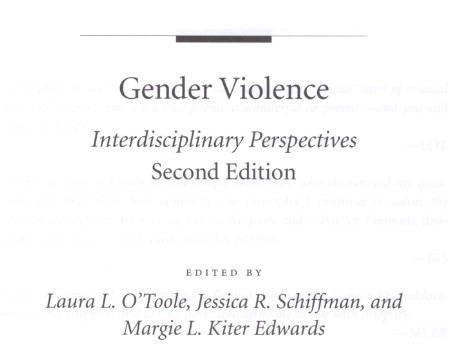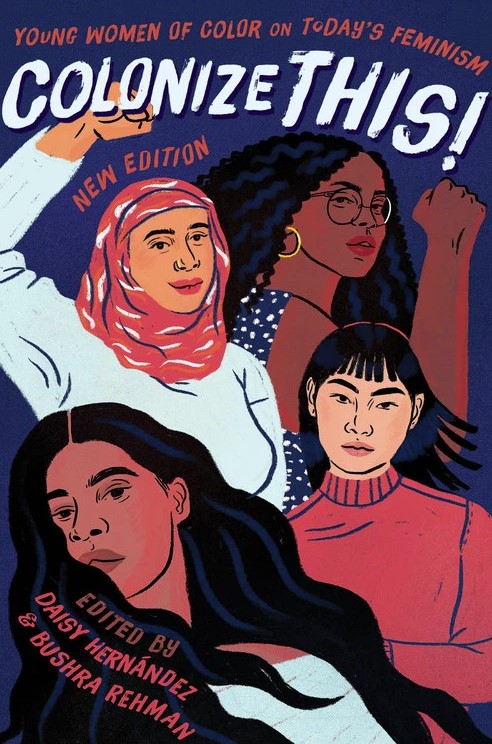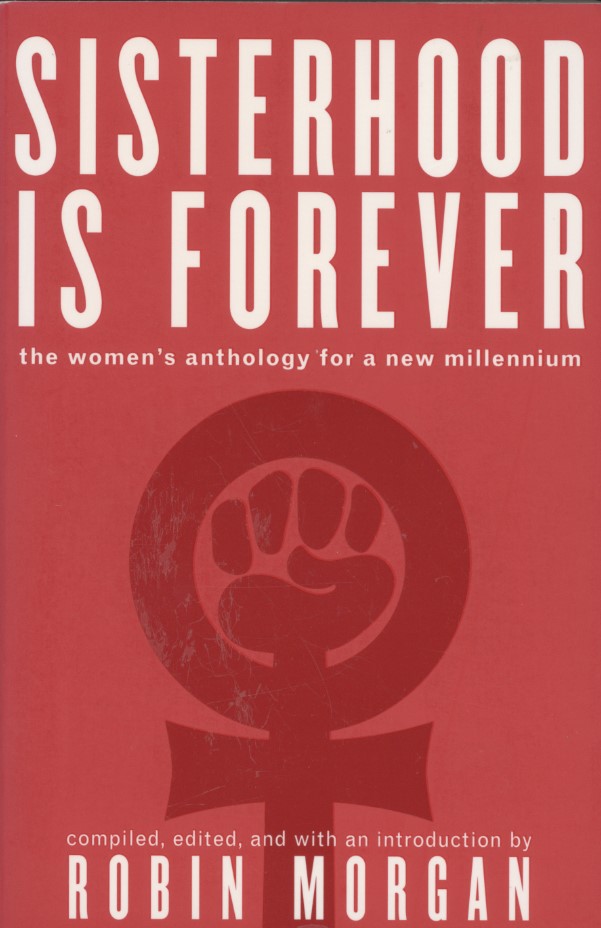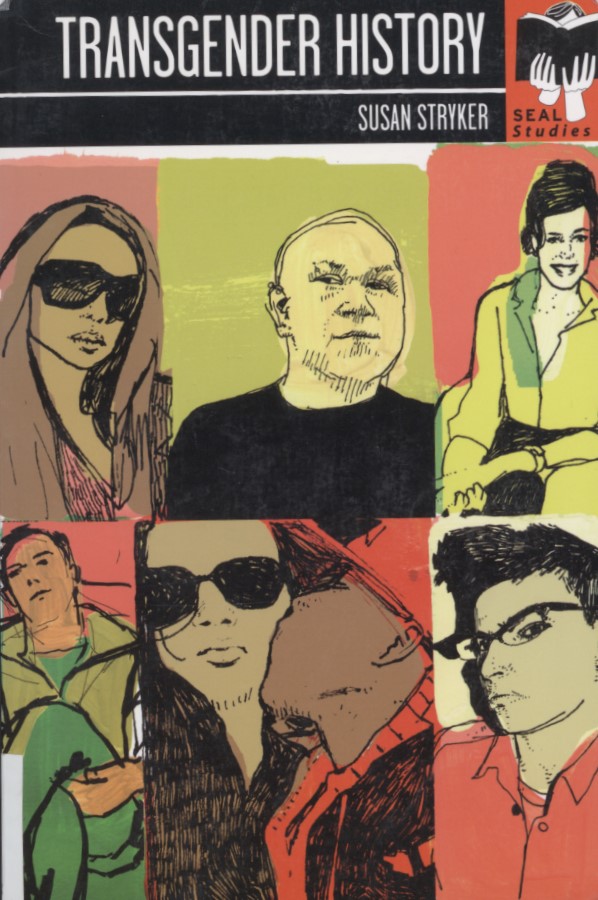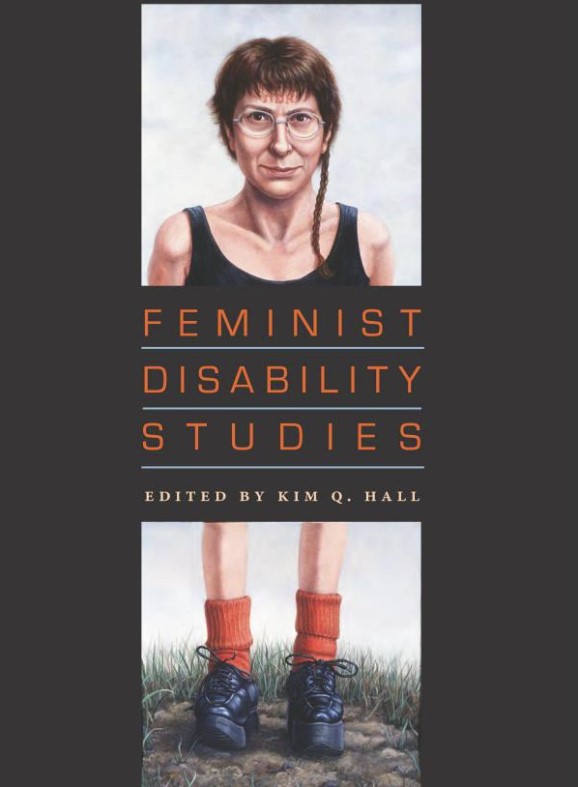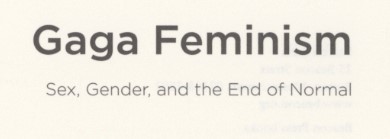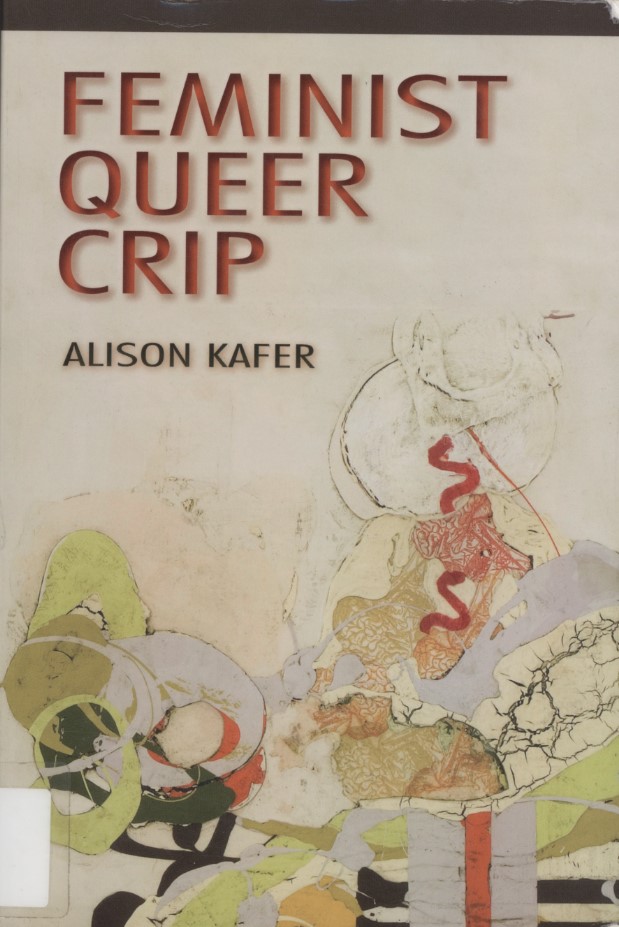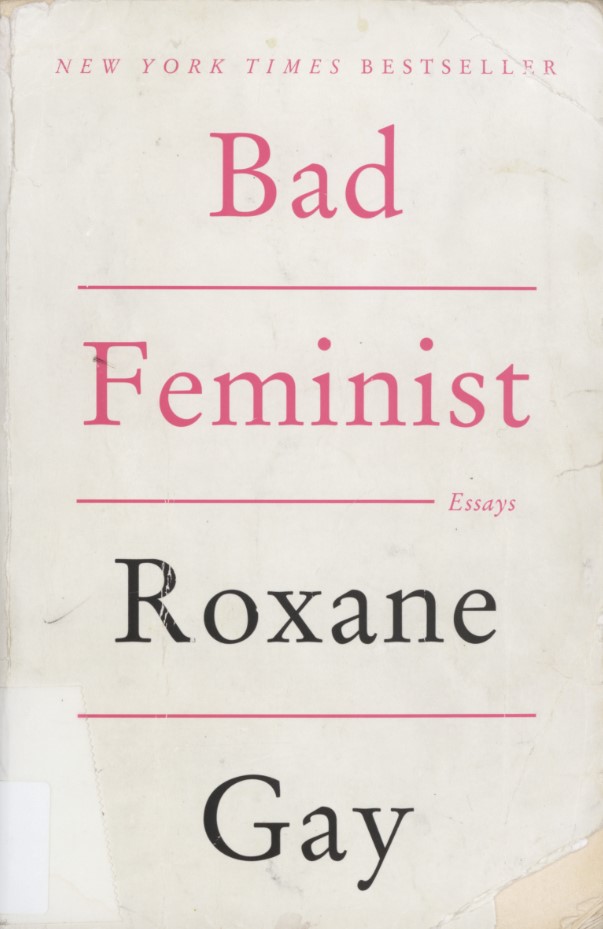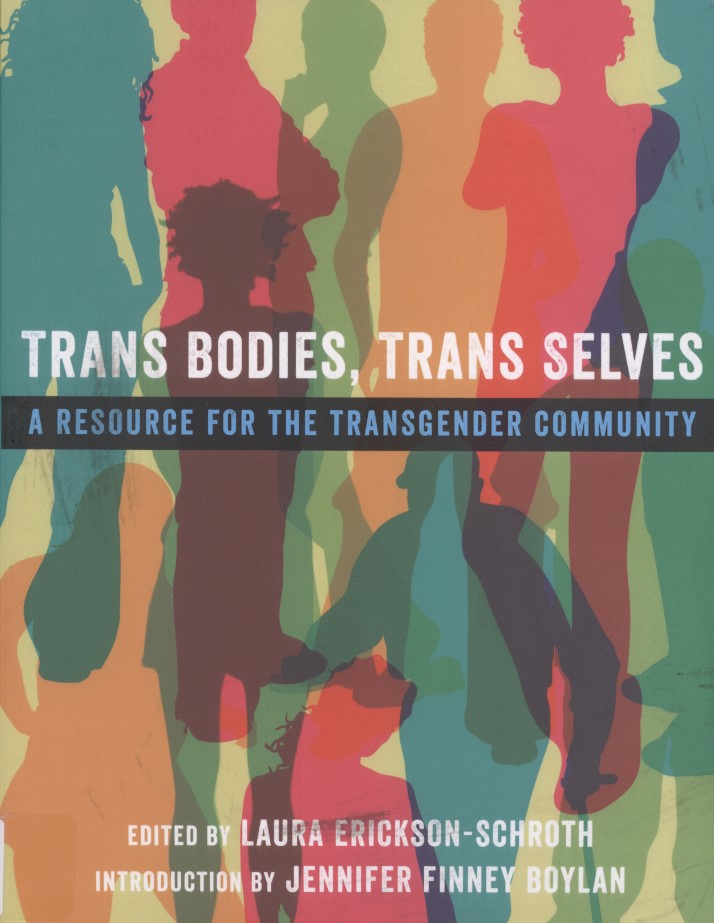[31] Gender Violence: Interdisciplinary Perspectives
Jillian Brenneman: This collection of essays, which represents a direct relationship between feminist teaching and scholarship, began as the project of Jessica Schiffman, a professor of Women & Gender Studies at UD who needed a textbook for a new course, “Women and Violence.” Tired of creating packets of articles, she organized this volume, one of the first of its kind, with the help of many colleagues inside and outside UD. It offers feminist perspectives on a broad range of global issues, from workplace sexual harassment to the commodification of women’s bodies, opening with a preface that showcases the normalization of violence in Western media. Designed to increase understanding of the causes and effects of violence, it has been updated through several editions.
[32] Kindred Nature: Victorian and Edwardian Women Embrace the Living Word
Jasper Verucci: For too long, women in science were silenced—recognized only when assisting men, “popularizing” ideas, publishing under pseudonyms, or teaching men’s findings. Barbara T. Gates, a professor and co-founder of the Women’s Studies Program at the University of Delaware, dives into formerly overlooked archives of British women’s research and interactions with the natural world in the nineteenth and early-twentieth centuries. Her book showcases neglected female voices and emphasizes their importance in a field from which they were historically shut out. In doing so, she examines the origins of the linguistic and cultural developments that equated women with nature and subjugated them both to domination by men. Kindred Nature illustrates a future where women’s perspectives further the expansion of science.
.
.
.
.
[33] Colonize This!: Young Women of Color on Today’s Feminism
Jacob Galvin: This edited collection of essays helped to announce the arrival of Third Wave feminism as a major force and emphasize the lives and experiences of younger women of color from diverse backgrounds. The book’s title—Colonize This!— was both a humorous and serious challenge, pushing back against anyone daring to try co-opting or appropriating the voices of the authors of these first-person narratives. Regardless of the topics represented, which ranged from personal experience with border conflicts to tributes to the power of sisterhood, the writers always returned to the question of their relationship to feminism. Daisy Hernández and Bushra Rehman chose lively essays that would speak to ordinary readers, not just academic ones, and pave the way for twenty-first-century feminists.
.
.
.
.
[34] Sisterhood is Forever: The Women’s Anthology for a New Millennium
Madeline Grunsby: One of the most prominent activists in the Second Wave women’s movement, Robin Morgan had long been associated with the concept of “sisterhood” as key to feminism, ever since the publication in 1970 of her anthology Sisterhood Is Powerful. More than twenty years later, she returned to the subject with this edited collection, exploring what binds feminists together across categories of difference. Among the important writers represented here were Gloria Steinem and Professor Anita Hill, and the topics covered included feminists’ political struggles, life beyond the nuclear family, and the battle for reproductive rights. Morgan ensured that this would be a volume that urged readers not only to learn more, but to take action and work for a better future.
.
.
.
.
.
[35] Transgender History
John Eichler: LGBTQIA+ visibility is more prominent than ever today. Some see this as inaugurating a true gender revolution, while others view ours as a time of political backlash and gender panic. Important to everyone’s understanding, however, is Susan Stryker’s study, published by Seal Press—a firm that promotes progressive works. Transgender History has been at the forefront of Trans Studies, helping to carve a place for it amid Feminist, Queer, and Sexuality Studies by offering insight into Trans and Queer communities from an academic perspective, yet in an accessible style. Stryker draws parallels throughout between the Trans past and the present, while also pointing readers toward the future by encouraging individual thought on what role gender should play in society.
.
.
.
[36] Feminist Disability Studies
Wyatt Patterson: In this volume, sixteen authors explore the complex relationship between feminism and disability rights, emphasizing the need for inclusive activism that embraces diverse experiences and identities. Among the essayists are such major theorists as Rosemarie Garland-Thomson. They examine disability in academic and non-academic contexts, challenge the construction of disability as a personal medical issue, and argue for a model that acknowledges how socio-political factors construct concepts of dis/ability and shape individuals’ lives. This collection focuses particularly on women of color with disabilities, who are often marginalized within both feminist and disability communities. The overarching critique is of lack of intersectionality in mainstream feminist and disability movements, which still fail to recognize how different forms of oppression are created and maintained.
.
[37] Gaga Feminism: Sex, Gender, and the End of Normal
Abigail DeMeo: In this argument against social norms, Jack Halberstam provides a unique perspective on present-day representations of heterosexuality, queerness, masculinity, and femininity, especially in American media. The title Gaga Feminism speaks for itself, as Halberstam connects contemporary feminism to a variety of individuals familiar from popular culture. Halberstam suggests the need for a new form of feminism that embodies an anti-normative agenda and refuses traditional forms of gender and sexuality. Using Lady Gaga as the model for this, Halberstam focuses on Gaga’s value as a transgressive symbol, while pushing against boundaries and initiating a liberating conversation with readers, to make them question all conventional thinking.
[38] Feminist, Queer, Crip
Maggie Buckridge: This is a powerful, interdisciplinary, and intersectional exploration of disabled and crip politics, possibilities, and coalitions. It is informed throughout by both Alison Kafer’s expertise as a feminist scholar and her lived experience as a disabled woman. Challenging the dominant and destructive narrative of disabled people as having “a future of no future” (33), Kafer writes candidly about being taught that disability would mean her prospects in life were bleak. She urges readers to re-examine and reject the taken-for-granted individual model of disability that ignores the sociopolitical contexts creating and maintaining inaccessibility, and she encourages crip activism instead. The result is a work crucial for feminist readers today that will also remain important for many years to come.
.
.
.
[39] Bad Feminist: Essays
Edward Redmond: In this volume of essays intended for a wide readership, Roxane Gay—a Queer Black American academic who also writes for the New York Times and other media—combines analyses of pop culture with personal stories and feminist theory. Throughout, she measures herself against expectations for feminists and rejects the stereotypical image of the “ideal” feminist, accepting and embracing her own so-called shortcomings. Her main goal, however, is to use an intersectional lens to expose the far greater shortcomings of U.S. media—whether films, TV, or popular music—in terms of gender, sexuality, and race. Gay’s essays offer readers tools: questions to ponder, insights to take away with them, and, as she is an activist herself, calls to action.
.
.
.
.
.
[40] Trans Bodies, Trans Selves: A Resource for the Transgender Community
Caleb Beardsley: In this “resource” guide, the editor Laura Erickson-Schroth, who is a psychiatrist, emphasizes throughout the full humanity of the transgender community. Transgender people have health and medical issues and legal concerns, but also loving relationships, faith, histories, culture, struggles, victories, and intersectional identities. Despite the historical othering of trans life and representations of it as socially marginal, it is no anomaly; it has always been part of human experience across time and nations. This collection, which was also issued in a new edition in 2022, gathers many stories, perspectives, and pieces of advice, while giving voice to diverse sectors of trans and gender nonconforming populations. It is invaluable for those navigating their trans lives or seeking to understand others’ lives.

